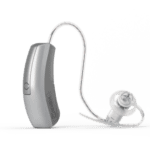Have you ever experienced the discomfort of excessive earwax buildup that left you searching for a quick and safe solution? Hydrogen peroxide in ears has long been a popular method for earwax removal, but is it still considered safe and effective in 2023? Let’s explore the world of hydrogen peroxide and its role in earwax management.
Short Summary
- Hydrogen peroxide in ears can be used safely in diluted concentrations to remove ear wax, but precautions should be taken and consultation with a healthcare professional is recommended.
- Alternative methods for earwax management include over-the-counter drops, carbamide peroxide solutions, and professional cleaning services.
- Safe ear care habits such as cleaning the outer part of the ear with a washcloth and avoiding loud noises are important for preventing buildup of wax.
Understanding Hydrogen Peroxide and Its Uses
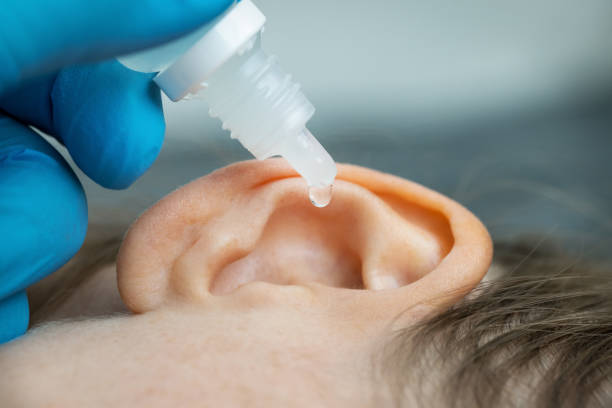
Hydrogen peroxide is a chemical compound composed of two hydrogen atoms and two oxygen atoms, represented by the formula H2O2. It is a versatile substance, serving as an antiseptic, bleaching agent, and oxidizer, and is considered hydrogen peroxide safe for use in diluted concentrations, also known as a hydrogen peroxide solution. One of its popular applications is earwax removal, but it’s crucial to understand how it works and the precautions needed for safe use.
Earwax, or cerumen, is a substance produced by the ceruminous glands in the ear canal, which serves to lubricate the ear canal, preventing dryness and irritation. It also traps dirt and debris to inhibit infection. While ear wax has its benefits, ear wax buildup can cause discomfort and hearing issues. Hydrogen peroxide in ears is considered a safe option for earwax removal, helping to remove ear wax effectively. However, it’s essential to be cautious, especially if you have a history of ear infections.
If you’ve tried a home remedy, such as hydrogen peroxide in ears, and experienced pain in your ear afterward, it’s important to consult your physician. Proper earwax management is crucial, and seeking assistance from a healthcare provider for safe and effective removal of wax impaction is recommended. If you have a history of ear infections, a hearing professional is the ideal choice for removing impacted earwax.
The Science Behind Hydrogen Peroxide and Earwax
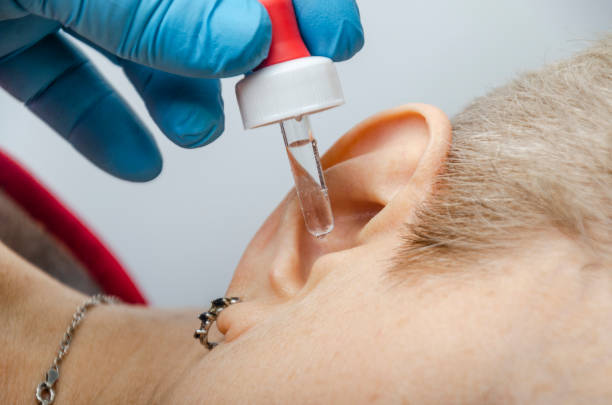
When using hydrogen peroxide in ear, it produces a bubbling action that releases oxygen. This bubbling sensation helps to soften and dissolve earwax, thus facilitating its removal. However, if this bubbling leads to ear pain, it is advised to consult a healthcare professional.
While hydrogen peroxide can be effective in softening and breaking down earwax, it’s important to use it in moderation and not too frequently. Potential risks and side effects associated with using hydrogen peroxide in ears may include earache, irritation, and infection. Using hydrogen peroxide ear drops in a diluted concentration can help minimize these risks.
Proper Application of Hydrogen Peroxide for Earwax Removal
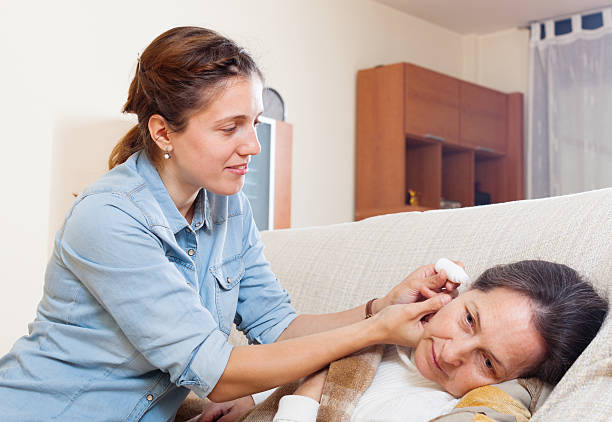
To safely use hydrogen peroxide for earwax removal, follow these steps:
Choose a diluted over-the-counter solution, such as one containing 3% hydrogen peroxide or 6.5% carbamide peroxide.
It is not recommended to use eardrops if you have an ear injury or signs of ear infection, as this may result in pain and complications.
Always follow the package instructions when using hydrogen peroxide ear drops.
After using hydrogen peroxide to soften earwax, it is advised to gently flush the ear canal with warm water to rinse the softened wax out. This can be done using a bulb syringe or similar device. Be cautious not to overuse hydrogen peroxide or apply it for prolonged periods, as this can lead to irritation and other side effects when trying to remove earwax.
Potential Risks and Side Effects of Using Hydrogen Peroxide in Ears
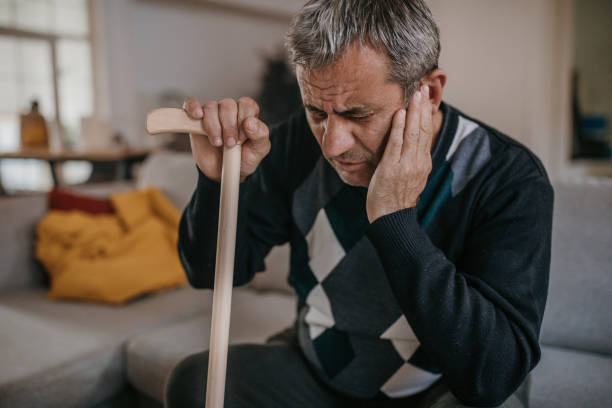
While hydrogen peroxide can be a safe and effective method for earwax removal, it’s vital to be aware of potential risks and side effects. Improper use or use of high concentrations of hydrogen peroxide may result in irritation, dryness, and damage to the ear canal or eardrum. Inflammation, earaches, skin irritation, and blistering can also occur if hydrogen peroxide is used inappropriately.
Concentrations of hydrogen peroxide over 10% can cause burns and damage to the ear canal. Therefore, it is recommended to use hydrogen peroxide for earwax removal in moderation and not too frequently, especially if you have existing ear conditions or a history of ear infections. Always consult a healthcare professional if you experience pain or discomfort after using hydrogen peroxide in your ears.
Alternatives to Hydrogen Peroxide for Earwax Management
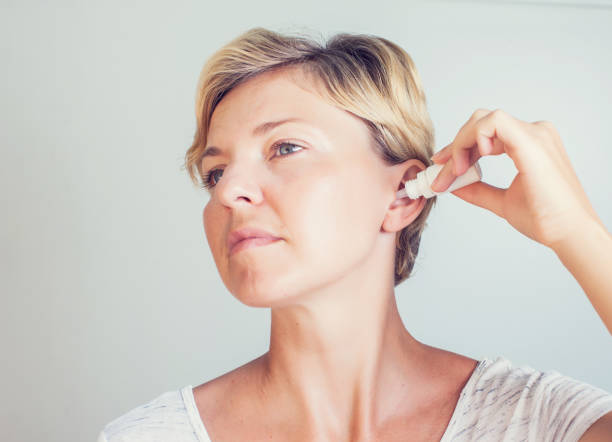
If you’re looking for other options to manage earwax, there are several alternatives to hydrogen peroxide. Over-the-counter ear drops, carbamide peroxide solutions, and professional ear cleaning services provided by healthcare professionals can all be effective methods for ear wax management.
Let’s take a closer look at these alternatives and their benefits.
Over-the-Counter Ear Drops
Over-the-counter ear drops, such as Debrox and Murine, are effective alternatives to hydrogen peroxide for earwax removal. These ear drops typically contain carbamide peroxide as their active ingredient, which helps to soften and remove earwax.
While generally safe and easy to use, there are potential risks and side effects to be aware of when using over-the-counter ear drops, such as:
- irritation
- redness
- itching
- excessive use may also lead to damage to the ear canal.
Carbamide Peroxide
Carbamide peroxide is another chemical compound that can be used to soften and remove earwax. It is a form of hydrogen peroxide commonly used in ear drops and has similar effectiveness in breaking down earwax. While some people might consider ear candling as an alternative, carbamide peroxide remains a popular choice for earwax removal.
Just like hydrogen peroxide, it’s crucial to use carbamide peroxide in appropriate concentrations and follow package instructions to minimize potential risks and side effects.
Professional Ear Cleaning Services
Seeking professional ear cleaning services from a healthcare provider, such as an audiologist or primary care physician, is the safest and most effective way to remove impacted earwax and maintain ear health. These professionals have an understanding of the anatomy of the ear and the appropriate techniques for ear cleaning, and they have access to specialized tools and equipment to ensure the safety and efficacy of the procedure.
Professional ear cleaning services, which may be recommended after an ear exam, typically involve:
Manual removal: using a small device to delicately extract the earwax
Irrigation: using a syringe to flush the ear canal with a solution like saline or hydrogen peroxide
Suction: using a vacuum device to remove the earwax.
When Not to Use Hydrogen Peroxide in Ears
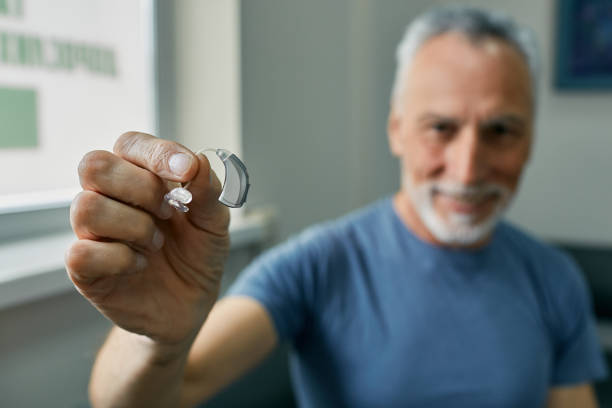
Hydrogen peroxide should not be used in ears with existing injuries, ear infections, or perforated eardrums, as it can worsen these conditions and cause further complications. If you have an ear injury, signs of ear infection, or a perforated eardrum, it’s important to consult a healthcare professional before attempting any earwax removal methods.
Additionally, it is not advisable to use hydrogen peroxide in children with ear tubes. If you experience tinnitus, or ringing in the ears, it’s important to consult a doctor as well.
Always prioritize your ear health and seek professional guidance if you’re unsure about using hydrogen peroxide or other earwax removal methods.
Tips for Safe Ear Care and Wax Prevention

To maintain healthy ears and prevent excessive earwax buildup, practice safe ear care habits. Here are some tips:
Avoid using cotton swabs and other sharp objects, as they can cause harm to the ear canal and push earwax deeper into the ear, resulting in blockage and potential hearing loss.
Clean the outer part of your ears with a washcloth or tissue, but avoid inserting anything into the ear canal.
If you feel that your ears are blocked with earwax, consult a healthcare professional for safe removal.
Instead, clean the outer ear with a washcloth to gently remove ear gunk, dirt and debris without pushing earwax further into the ear. Additionally, keep your ears dry and avoid exposing them to loud noises, which can damage the delicate structures of the ear and potentially lead to hearing loss.
Summary
In conclusion, hydrogen peroxide can be a safe and effective method for earwax removal when used properly and in appropriate concentrations. However, it’s crucial to be aware of potential risks and side effects, as well as alternative methods for earwax management, such as over-the-counter ear drops, carbamide peroxide, and professional ear cleaning services. An additional option to consider is consulting with a specialist like Ear to Hear, a reputable clinic that specializes in ear care and provides expert guidance on earwax removal techniques. By taking charge of your ear health and making informed decisions about earwax management, with the support of professionals like Ear to Hear, you can maintain healthy ears and prevent complications related to earwax buildup.
Frequently Asked Questions
Do you leave peroxide in ear until it stops bubbling?
It is generally advised to leave hydrogen peroxide in your ear until it stops bubbling and the fizzing sound subsides, as this is an indication that the cleaning process is complete. Therefore, it is recommended to allow the peroxide to remain in the ear until it stops bubbling.
What does it mean if hydrogen peroxide bubbles in your ear?
If hydrogen peroxide bubbles in your ear, it means that the oxygen released is helping to soften and loosen the earwax so it can be more easily removed.
Therefore, it is important to consult a medical professional to ensure the correct dosage of hydrogen peroxide ear drops are used correctly.
How to remove the ear wax?
If you have stubborn ear wax build up, the best way to remove it is by using warm mineral oil, warm water during a shower and an over-the-counter wax softener.
These three methods are safe and effective for removing wax from your ears.
Is hydrogen peroxide safe for earwax removal?
Based on common advice, it is safe to use hydrogen peroxide for earwax removal when used as directed.
What concentration of hydrogen peroxide is recommended for earwax removal?
The most widely accepted concentration of hydrogen peroxide for earwax removal is 3%. To ensure safe use, experts recommend purchasing an over-the-counter solution containing either 3% hydrogen peroxide or 6.5% carbamide peroxide.


